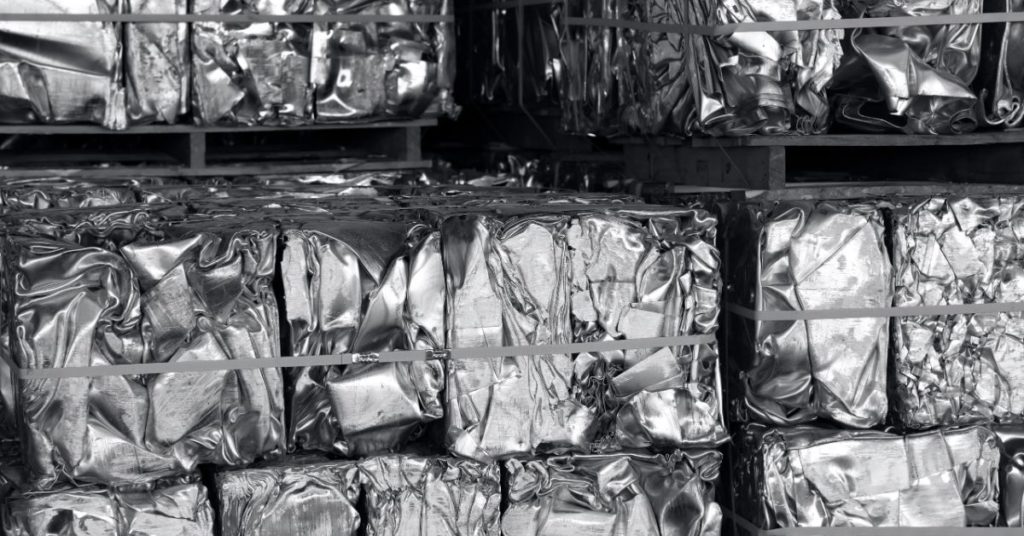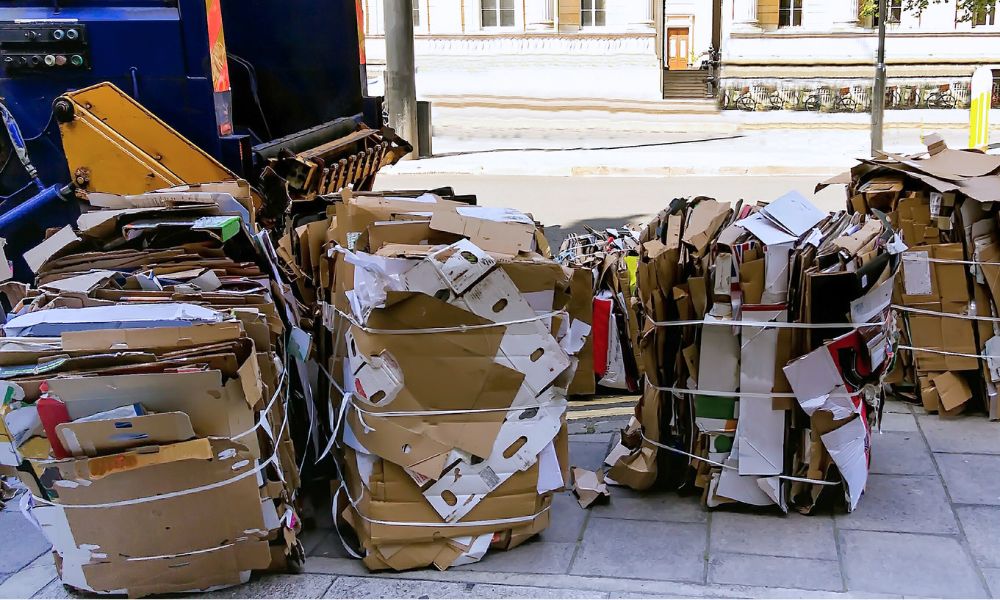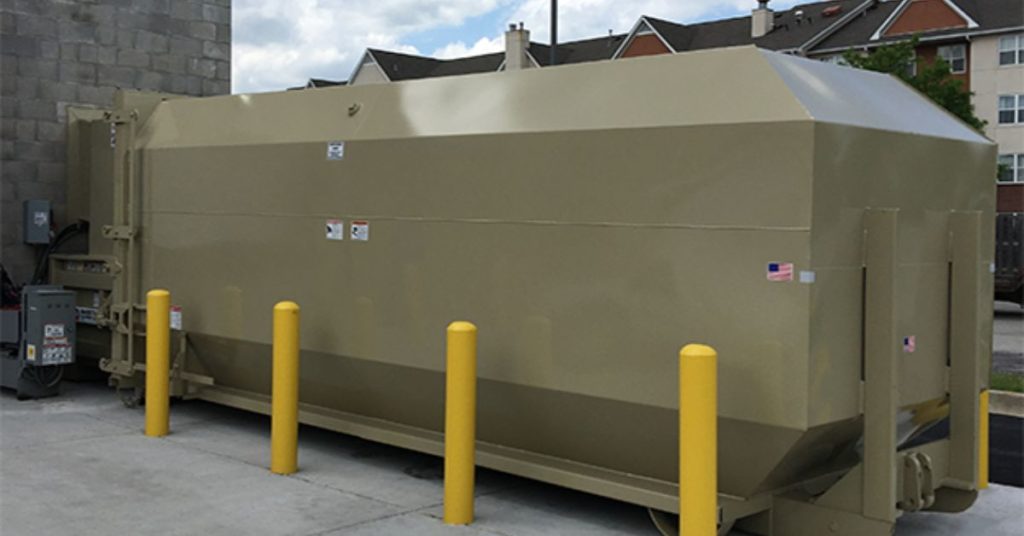While recycling aluminum is a great way to reduce waste, it’s also a practice that can improve your waste management operations. For property managers, maintenance coordinators, or anyone who deals with large quantities of waste, it’s essential to understand the best methods for recycling aluminum efficiently and safely.
This complete guide to recycling aluminum safely offers everything you need to know about the process and how to streamline your operations. It includes actionable insights on how to create a safer, cost-effective, and eco-friendly aluminum recycling program for your property.
Why You Should Prioritize Aluminum Recycling
Recycling aluminum saves up to 95 percent of the energy required to produce new aluminum. If you’re looking to reduce your carbon footprint, recycling aluminum is essential. Explore some key benefits.
Environmental Impact
The most obvious benefit of recycling aluminum is that it helps conserve natural resources and reduces the amount of waste that ends up in landfills.
Cost-Saving Opportunities
By recycling aluminum, you may qualify for revenue from aluminum scrap sales. If you’re paying for landfill waste by volume or weight, opting to recycle your aluminum can lower your overall waste disposal costs.
Compliance With Sustainability Goals
Many properties aim to align with environmental regulations and achieve certifications such as LEED (Leadership in Energy and Environmental Design). If compliance is a goal of yours, aluminum recycling is a great way to support these green initiatives.
Now that you understand the perks of recycling aluminum, it’s time to focus on how to do it safely and effectively.
Understanding Common Sources of Aluminum Waste
To establish an effective recycling program, you need to identify where your property is generating its aluminum waste. Common sources include:
- Cans: Beverages such as soda, sparkling water, and energy drinks often come in aluminum cans.
- Foil: Aluminum foil is frequently used in kitchens or food prep areas.
- Building materials: Aluminum siding, window frames, and gutters can accumulate during renovations or construction projects.
- Appliances and furniture: Broken appliances or furniture may have recyclable aluminum components.
Identifying the main source of your aluminum waste will help you design a collection system that works for your property.
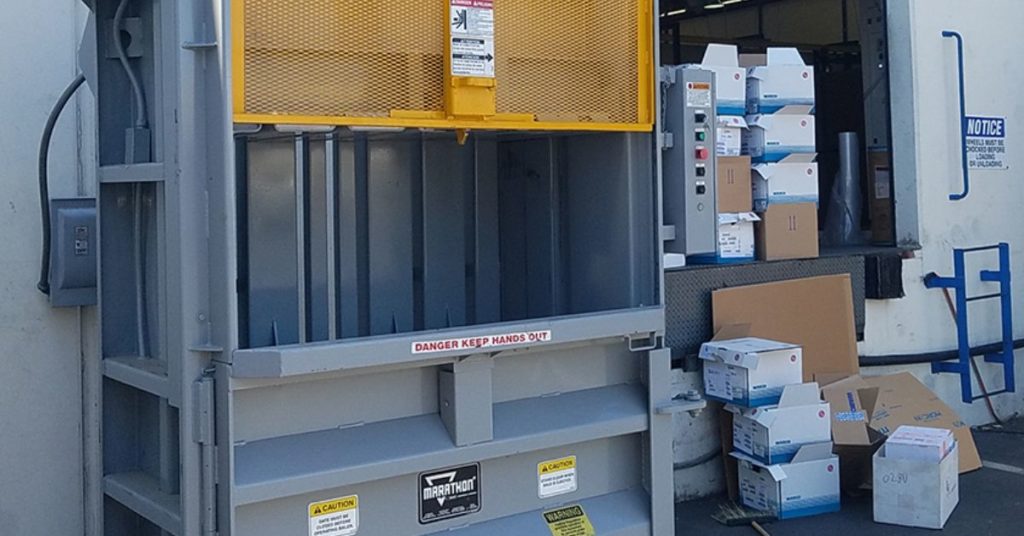
6 Steps To Recycling Aluminum Safely
Follow these steps to ensure the aluminum recycling process goes smoothly.
1. Educate Your Tenants and Maintenance Staff
A successful recycling program begins with education. Communicate the importance of recycling aluminum to tenants and staff, and let them know how they can participate. Use signs near recycling bins to show acceptable aluminum items and instructions on proper sorting.
Additionally, share regular updates about the impact of recycling, including how much aluminum has been recycled or how it supports sustainability goals. Doing so encourages ongoing participation among staff.
2. Set Up a Designated Recycling Area
Create a clearly designated space for aluminum recycling. Place distinct bins labeled specifically for aluminum items in high-traffic or high-use areas, such as near vending machines, kitchens, or maintenance rooms.
Make sure these bins are easy to access and use—a cluttered or confusing setup might discourage everyone from participating in the program.
3. Prepare Aluminum for Recycling
Before recycling, aluminum often requires some preparation to ensure safety and maximize its recyclability. Encourage staff to rinse cans or foil of any food and liquid residue that might contaminate other recyclable materials. Flattening cans saves space, making it easier to store and transport large quantities efficiently.
For larger aluminum pieces from construction materials or appliances, consult with your waste management provider about appropriate handling procedures.
4. Use a Recycling Baler Machine
For properties that routinely handle a lot of aluminum waste, recycling baler machines are a game-changer. These machines compact aluminum into bales, streamlining the recycling process and reducing logistical headaches.
Recycling baler machines save space and allow for optimal organization by compressing aluminum into compact bales. Since it takes up less space, baling aluminum can make transportation easier and more cost-effective.
Most importantly, keeping aluminum contained reduces the risk of safety hazards and injuries. If you’re interested in renting a baling machine, contact Compactor Rentals of America to learn more about our comprehensive plans.
5. Partner With a Trusted Recycling Service
Once you’ve collected and compressed your aluminum waste, you’ll need a reliable service to handle the transportation and recycling. Partner with a waste management company that specializes in aluminum recycling to ensure that your waste is processed sustainably.
Many recycling companies also provide reports detailing how much waste has been recycled—use these reports to demonstrate your commitment to environmental sustainability to clientele.
6. Regularly Maintain and Assess Your Program
Recycling programs aren’t set-it-and-forget-it systems, so make it a priority to conduct regular reviews to identify areas for improvement. For example, check whether bins are placed in accessible locations or whether all staff are fully trained on recycling procedures.
If you’re using a baler machine, schedule regular maintenance to make sure the machine is operating efficiently and safely. Addressing any issues early prevents interruptions in your recycling workflow.
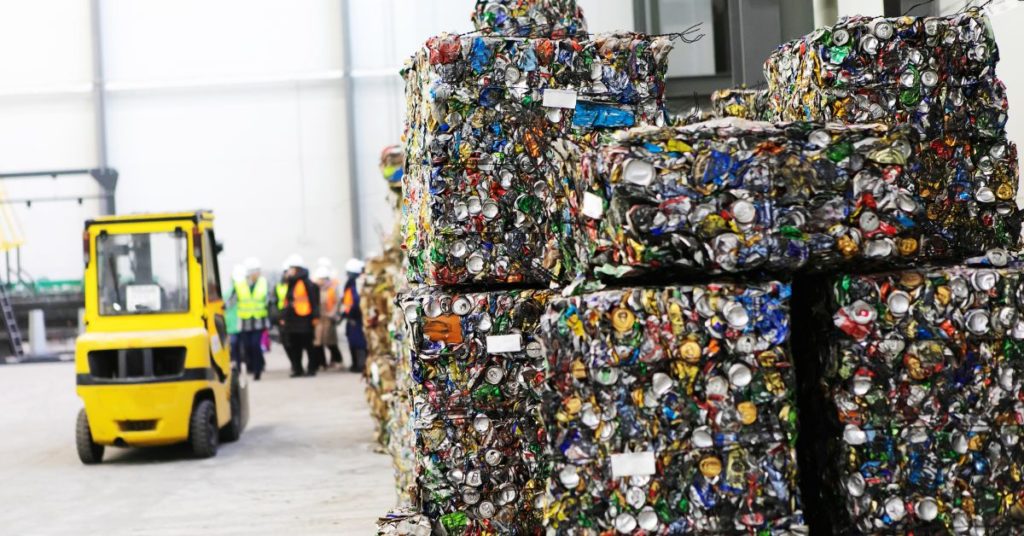
Additional Safety Tips for Aluminum Recycling
Keep the following tips in mind to protect your tenants and staff members.
Wear Protective Gear
Maintenance staff handling large or sharp aluminum pieces should wear gloves and safety glasses to prevent cuts or injuries.
Store Aluminum Properly
Avoid piling up aluminum waste haphazardly. Instead, use secure containers to store loose items before processing.
Train Your Team on Equipment Use
Make sure everyone involved with baler machine operation understands how to use it safely and effectively. Provide easy-to-follow guides or in-person training sessions.
The Role of Community in Sustainable Recycling
One often overlooked aspect of recycling is the sense of community that comes with it. When tenants and staff work together, they can develop a sense of ownership and pride in making the property more sustainable.
Encourage participation by fostering a community mindset. For example, you could organize recycling challenges with prizes for tenants or departments that recycle the most. Another idea is to host sustainability workshops to educate everyone on the benefits of recycling for your specific property, or celebrate achievements like reaching recycling milestones with newsletters or signage.
This collective effort makes recycling programs more effective while strengthening relationships across the property.
By following this complete guide to recycling aluminum safely, you can establish an efficient, safe, and sustainable recycling program. Investing in this process demonstrates your commitment to protecting the environment and adding value to your property.
